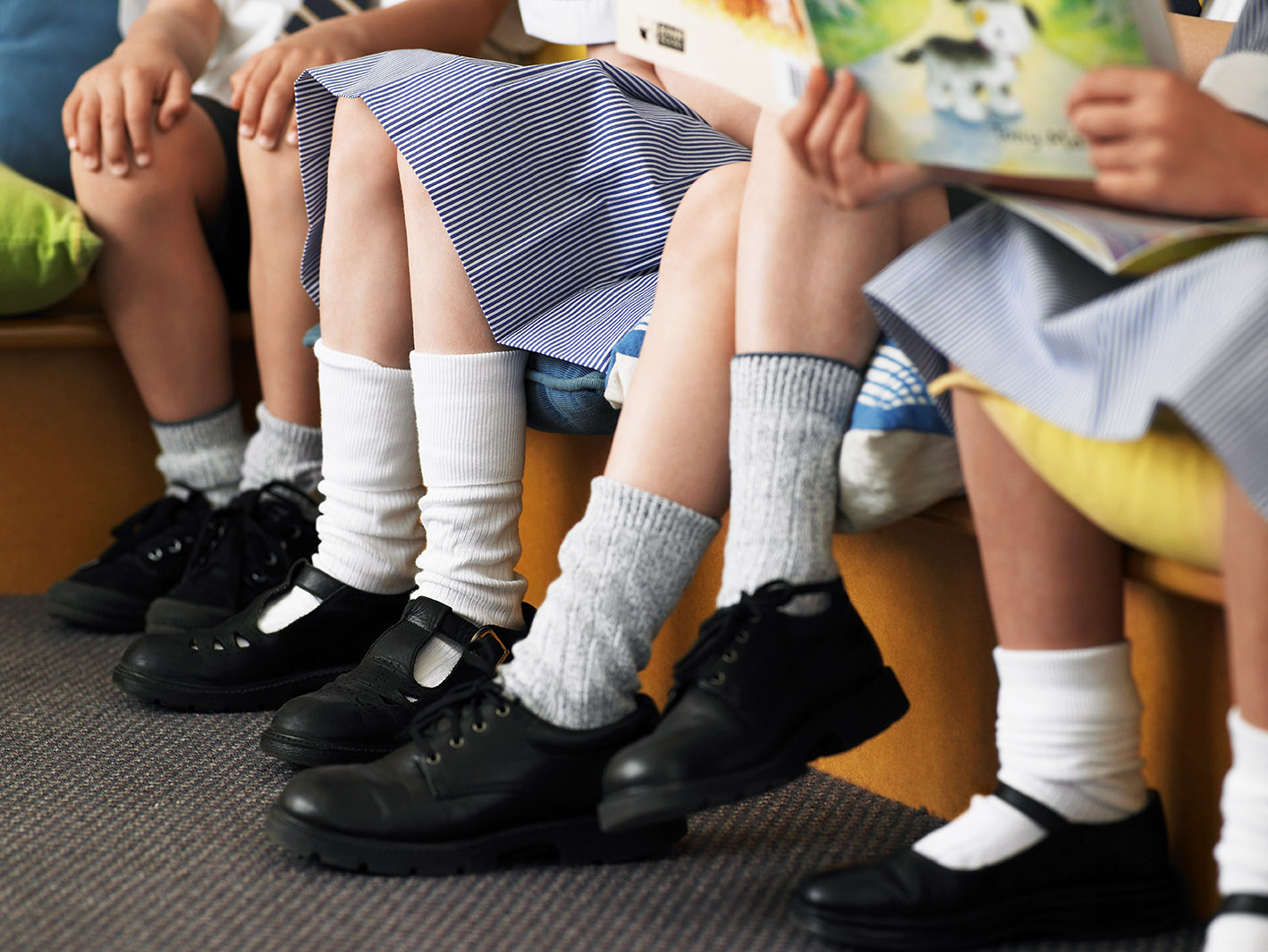
What do you think of when you hear the words “good school”? The first images that spring to mind might be of tidy grounds; well-maintained buildings; exuberant but courteous students; enthusiastic, knowledgeable teachers; and an overall air of diligence and positivity.
Most of us would agree that good schools are happy schools where staff and students are motivated to high performance by a genuine affection for and pride in their school.
So, if we all have a similar idea of what makes a good school, why is it so hard to achieve in practice?
Last year, the OECD released its latest Programme for International Student Assessment (PISA) report to much hand-wringing in the country’s media as it revealed that Australia’s students had slipped even further behind their counterparts in 72 countries since the 2012 report. This reflected an overall decline since 2000 both comparatively and in terms of absolute scores.
PISA Senior Manager Peter Adams, a former teacher himself at Melbourne’s Toorak College, told Education HQ this week that there is cause for concern over this “persistent downward trend” particularly in the realm of mathematics. Adams emphasised the need to learn from the pedagogical practices of more academically successful countries and pointed to the very high levels of reported bullying and stress amongst Australian students as impediments to their academic performance.
A lack of discipline is another factor with both PISA and the Australian Centre for Educational Research’s 2015 Trends in International Maths and Science Study (TIMSS) finding that far too many Australian classrooms are unruly with teachers practising “crowd control” at the expense of teaching.
Disruptive behaviour in the classroom has a measurable impact on a school’s academic quality. The TIMSS report found that: “There was a clear relationship between the achievement of Australian students and teachers’ reports of their school being safe and orderly, with more safe and orderly schools associated with higher achievement.”
That is perhaps why the news is not all bad. One sector of our education system — independent schools — is producing superlative results across the board.
The PISA 2015 scores showed that Australian students attending independent schools ranked in the top five internationally on every measure and they are the world’s best readers, outranking every other student cohort in terms of literacy and reading comprehension. These are fantastically good results, especially considering Australia’s relatively small population, but it begs the question: what are these schools doing differently?
Many people may assume that it comes down to resources. Australia’s most famous private schools are its oldest and most expensive and, consequently, its best-resourced. But these schools make up a tiny fraction of the sector with the vast majority of independent schools being low- or medium-fee institutions serving their local suburbs, ethnic and/or religious communities on a shoestring budget. Yet, they make an outsize contribution to the sector’s academic success. This is where the essential traits of a good school come into play: funding and facilities are important, experts says, but, ultimately, education is underpinned by enculturation.
“PISA shows that the school a student attends has an impact on outcomes,” TIMSS lead author Sue Thomson says. Her recommendation to lift Australia’s academic rankings is for schools to “provide high-quality teaching and foster a culture of high expectations for all students, alongside the development of practices to foster excellence in all schools in order to harness the influence of students on each other as a valuable learning resource.”
With their autonomy and emphasis on community, independent schools are able to cultivate precisely these characteristics. Barker College head Phillip Heath makes the point that: “Independent schools are recognised as having strong school cultures, built on high expectations of all students. There is a focus on development of the full human, including spiritual and character development, through religious, pastoral care and wellbeing programs.”
These qualities can’t be bought. In answer to the question: “Does money buy strong performance in PISA?” The OECD says, beyond a certain point, no. It cites the example of South Korea, which spends relatively little on education but consistently tops the PISA rankings. This is because cultural values are the overriding determinant of a nation’s academic achievement, the OECD says. “Money alone can’t buy a good education system. Strong performers in PISA are those countries and economies that believe — and act on the belief — that all children can succeed in school.”
Money can’t buy you love, nor, it seems, a love of learning. It may take money to run a school, but only its values can make it great.
References:
PISA results don’t look good but before we panic, let’s look at what we can learn from the latest test — Stewart Riddle, The Conversation, December 6, 2016
https://theconversation.com/pisa-results-dont-look-good-but-before-we-panic-lets-look-at-what-we-can-learn-from-the-latest-test-69470
PISA Senior Manager says Australia’s performance concerns justified — Chelsea Attard, Education HQ, June 13, 2017
http://au.educationhq.com/news/40003/pisa-senior-manager-says-australias-performance-concerns-justified/?utm_medium=email&utm_campaign=EducationWeek%20Australia%20June%2015&utm_content=EducationWeek%20Australia%20June%2015+CID_46922e3b78f19dbb8ad9938b506396c0&utm_source=EducationHQ%20Campaigns&utm_term=PISA%20senior%20manager%20says%20Australias%20performance%20concerns%20justified
Our man in PISA – Melbourne educator creates testing times in Paris — Sally Robinson, The Age, May 8, 2016
http://www.theage.com.au/national/education/our-man-in-pisa–melbourne-educator-creates-testing-times-in-paris-20160502-gojufk.html
TIMSS 2015: Reporting Australia’s Results — Sue Thomson, Nicole Wernert, Elizabeth O’Grady, Sima Rodrigues, Australian Centre for Educational Research, 2017
http://research.acer.edu.au/cgi/viewcontent.cgi?article=1002&context=timss_2015
How Australia’s Independent Schools Sector Rated in 2015 — Association of Heads of Independent Schools of Australia, December 7, 2016.
http://www.knox.vic.edu.au/downloads/AHISA_report.pdf
New PISA results show education slide – it’s time to stop the slide — Sue Thomson, The Conversation, December 3, 2013
https://theconversation.com/new-pisa-results-show-education-decline-its-time-to-stop-the-slide-21054
Does money buy strong performance in PISA? — PISA in Focus 13, February 2012
http://www.oecd.org/pisa/pisaproducts/pisainfocus/49685503.pdf
